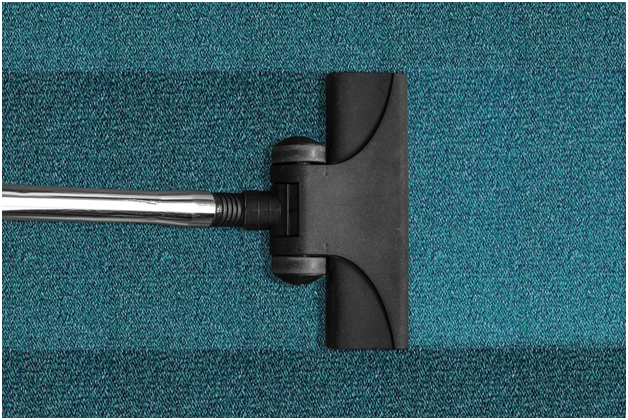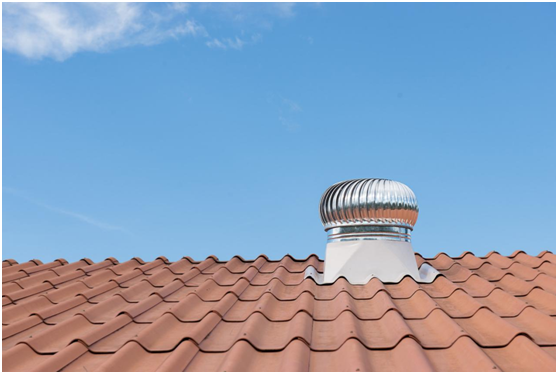11 Tips for Designing a Scandinavian-Style Home
11 Tips for Achieving a Scandinavian Look
After talking informally with different interior designers, general contractors and new home builders, simple, functional and minimal seem to be the best words to describe Scandinavian design.
According to Wikipedia, the design trends originated in the early 20th century (1930s) from five Nordic countries. In the 1950s, it became popular in North America. The design trend seems more popular than ever today.
Home buyers seem to prefer homes with Scandinavian design characteristics. Homeowners looking for an interior design update or remodel often opt for simple, sleek and modern features and furniture.
It’s a trend that has been in new home construction for decades and continually influences home builder floor plan designs, elevations and upgrade packages. Staged homes and renovated properties often incorporate Scandinavian design aspects too.
If you’re looking for inspiration for your next project, pictures and articles can come in handy. Here are our favorite design tips for anyone looking to make their home resemble mid-century Scandinavian homes.
1. Minimize the Space
Wall sconces lighting instead of floor and table lights, floating shelves instead of hefty bookshelves, and wall-mounted cabinets instead of bulky nightstands are examples of furniture that takes up little floor space. Look for tables with slender legs and sofas with a small depth.
When homebuying, look for homes with extra storage space and open rooms.
2. Choose Flooring Wisely
When it comes to making flooring reflect that Scandinavian look, shop for light hues and matte finishes. A matte finish with bleached or lightly-colored wood is a classic choice. Light flooring also allows for more design flexibility and subtle color bursts.
Variation is another key characteristic of Scandinavian floors. For the most natural, realistic look, use a material that resembles genuine wood grains, tones, and age.
Finally, wide wood planks visually extend your room and are ideal for covering large spaces. Wide wood planks are also popular because of their low-profile, smooth appearance.
3. Pick High-Quality Materials

High-quality materials, generally speaking, cost more, but also last longer. Quality materials to consider in your home’s design include solid woods, natural stones, metal finishes, certain fabrics, and even synthetic materials.
If you’re buying a house or looking for a new construction home. Look for newer luxurious homes with designer upgrade packages that include better appliances, designer finishes, upgraded flooring, cabinetry, and countertops.
4. Consider Functionality
A practical interior, a place where you can easily carry out your most frequent household tasks, is a functional one. Rooms with a purpose are found throughout the home. Whether designing a bedroom, kitchen, living room, or foyer, first consider the room’s purpose.
For homebuyers, visit a home and picture your lifestyle. Functional floor plans have been a high priority for home builders and remodeling companies for decades. Increasingly floor plan designers are looking for ways to offer more storage, open rooms
5. Select the Right Furniture
Minimalism and simplicity are two hallmarks in the design of Scandinavian furniture, but not at the expense of aesthetics. Scandi-design is a major influence on the wildly popular mid-century modern style. As a result, the geometric forms and basic lines that characterize the furniture in both styles are apparent and complementary to one another.
6. Implement Nature
Water, flora, and natural light, as well as components like wood and stone, are used to incorporate natural aspects into man-made spaces. Encouragement of the use of natural systems and processes in design allows for more exposure to nature, which many believe benefits long-term health and wellbeing.
7. Lean Towards Neutral Colors
Black and shades of gray, white, and brown are colors that can be used together and blended without causing a design blunder. Because of their adaptability and versatility, these hues are unlikely to go out of style or seem antiquated, which is evident in the fact that they’ve passed the test of time.
8. Make Contrasting Choices
Interiors with high contrast are considered ageless, plus they add depth, intrigue, and balance. A talented designer utilizes contrast to create a dynamic composition using any of the design components available to them.
Contrast is an artistic notion that relates to the juxtaposition of opposing components and effects. Light and dark hues, smooth and rough textures, plus big and small forms are all methods to achieve contrast.
In Scandinavian design, contrast is used to add variety, visual interest, and dramatic effect.
9. Think Eco-Friendly
Green or eco-friendly interior design focuses on increasing indoor air quality and lowering the environmental effect of furniture purchases.
LEDs or composite fluorescent bulbs that use less energy are another aspect.
Where practical, eco-emphasized interior design combines smart glass, more windows, and skylights. In other words, favoring light color schemes that need less artificial illumination.
10. Accessorize Less & With Purpose
Accessories bring a place together by adding character, vitality, and a feeling of cohesion. A room is soulless without these tiny additions. When it comes to selecting and organizing accessories, as essential as they are, focus on what’s necessary and items that add comfort and hominess.
11. Add Texture & Warmth
Using a combination of fabrics in anything from rugs to window coverings, throw pillows and blankets, bedding, and furniture upholstery is one of the simplest ways to add texture to a space. Depending on the mood you want to create, try blending different textiles like leather, bouclé, velvet, cotton, silk, wool, and linen.
5 Scandinavian Home Design FAQs
Have questions about Scandinavian design? If so, check out our frequently asked questions below.
1. What are the elements of Scandinavian design?
What characteristics define Scandinavian design? Functionality, simplicity, and workmanship are the hallmarks of Scandinavian design. Natural materials, particularly light woods like ash and beech, wool and linen fabrics, leather, and glass, are used extensively in Nordic style designs.
2. How do you style a Scandinavian?
Think minimalistic with a bit of warmth. Scandinavian design emphasizes light, open environments, plus spacing and placement of furniture. These six elements can be found in most typical Scandinavian-styled abodes.
- Quality materials and craftsmanship
- Integration with nature
- Neutral colors
- Contrasting styles
- Certain element of fun and/or delight
3. What is unique about Scandinavian design?
Scandinavian design is recognized by its simple, clean aesthetic that aims to blend usefulness with aesthetics. Simple lines, openness, clutter-free areas are the focal points.
4. What influenced Scandinavian design?
The chilly, short winter days of the Nordic area affected the modern era’s Scandinavian style, as did a desire for comfortable but spacious homes. Because of these practical concerns, a new degree of austere elegance emerged, as well as a preference for lighter colors, basic shapes, and open-plan areas.
5. Is Scandinavian design timeless?
Since its introduction to American shores in the 1950s, Scandinavian design has only increased in popularity. Due to a set of essential ideals that will never go out of style, pieces made back then seem just as attractive now.







